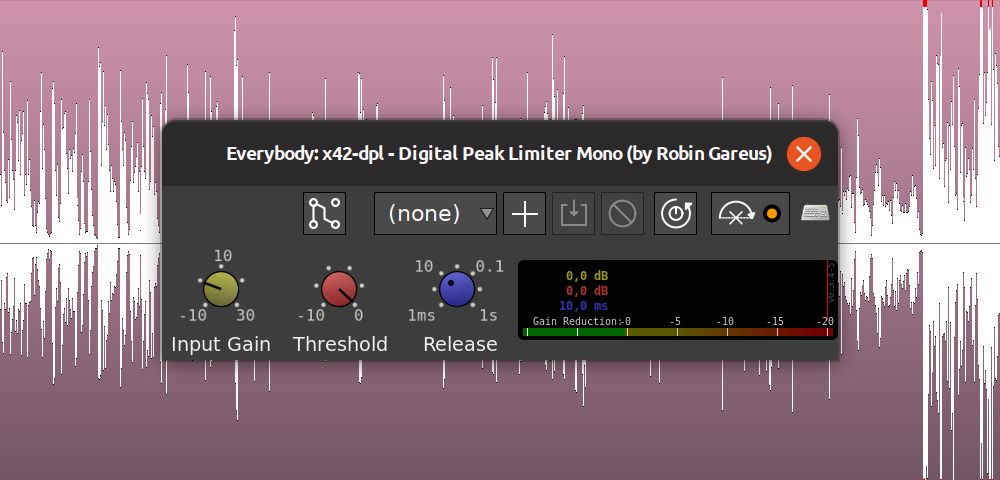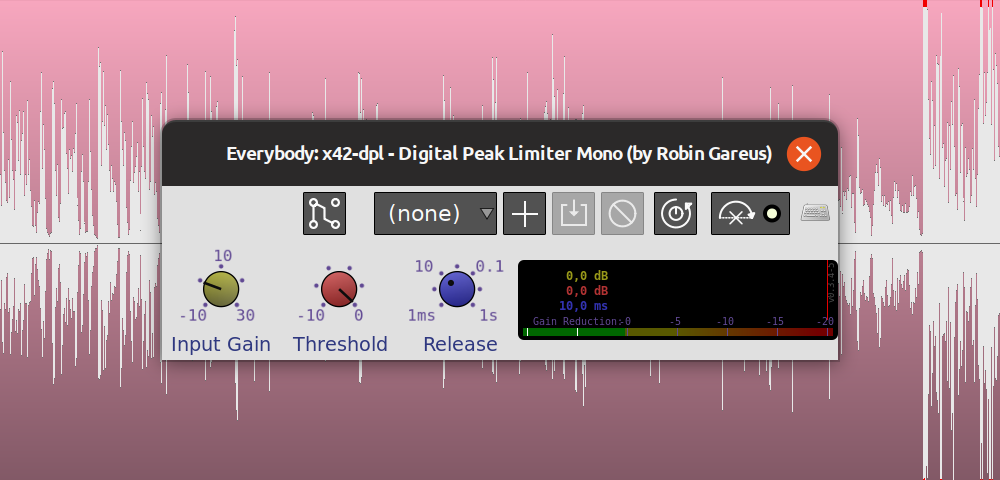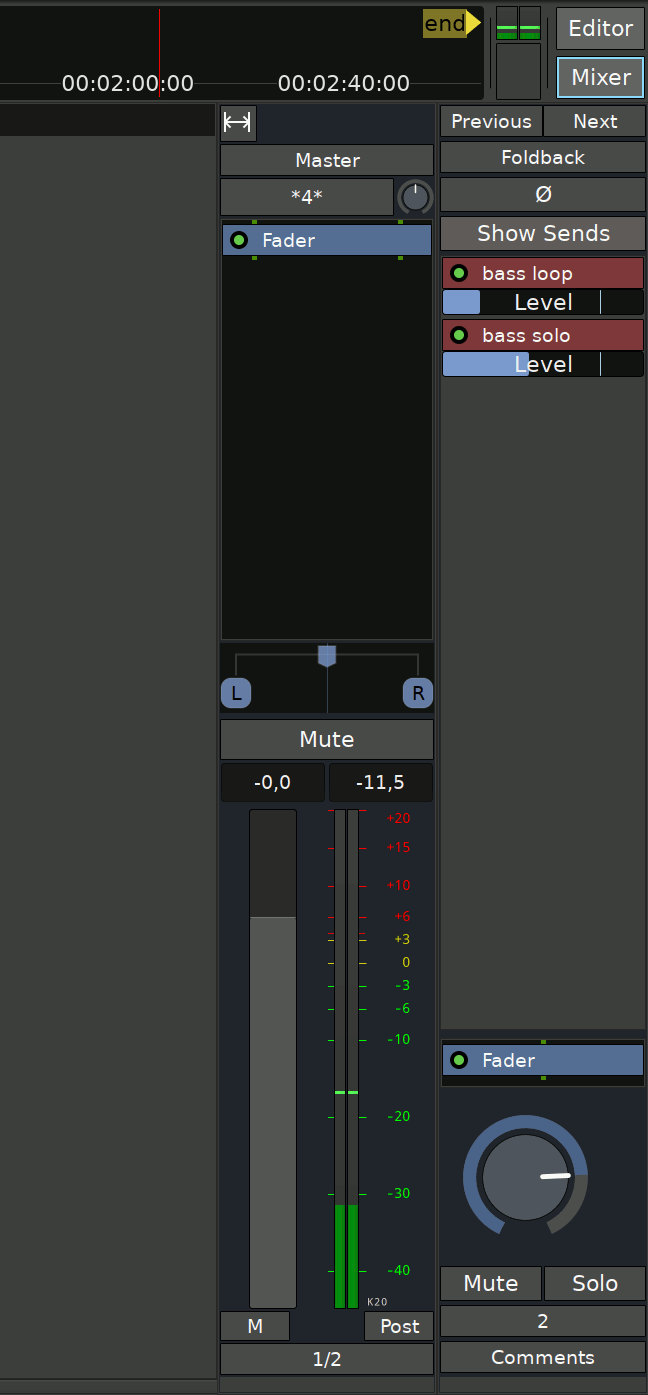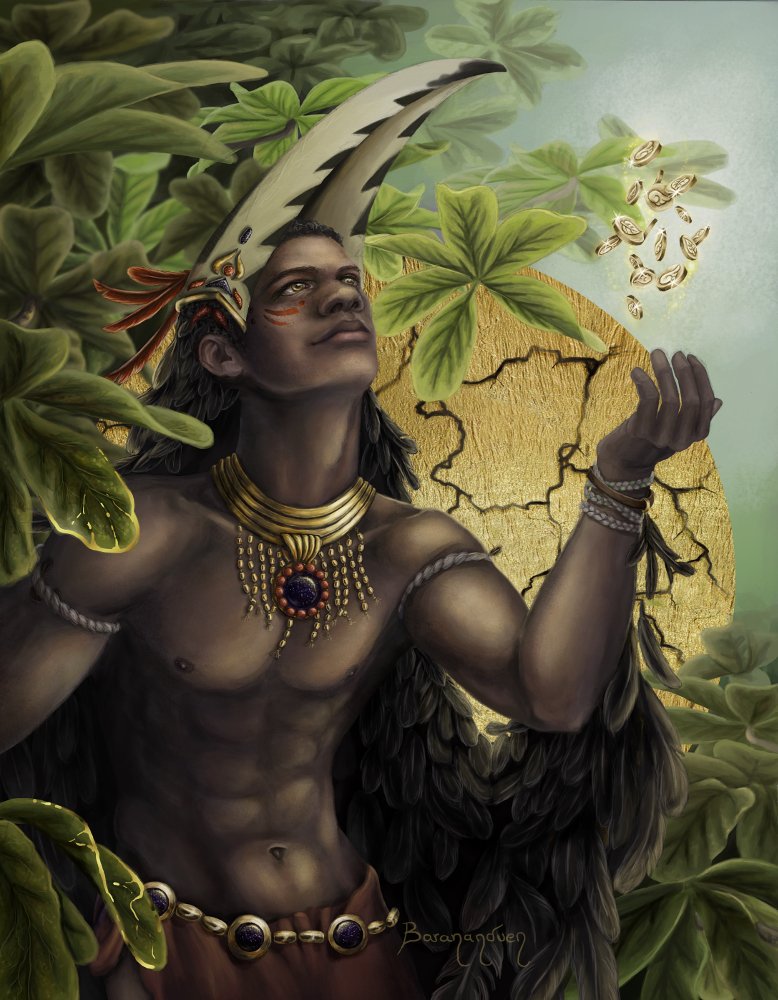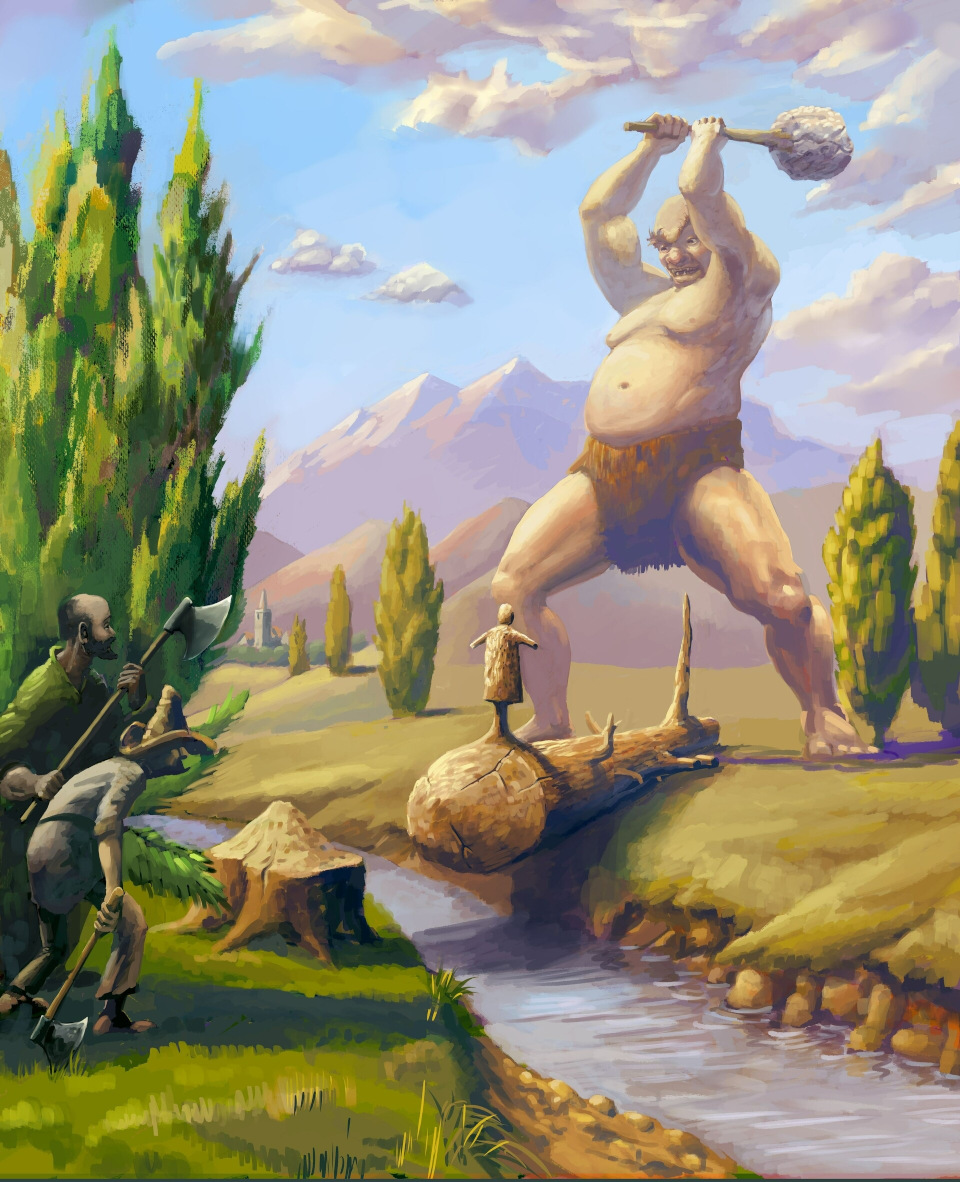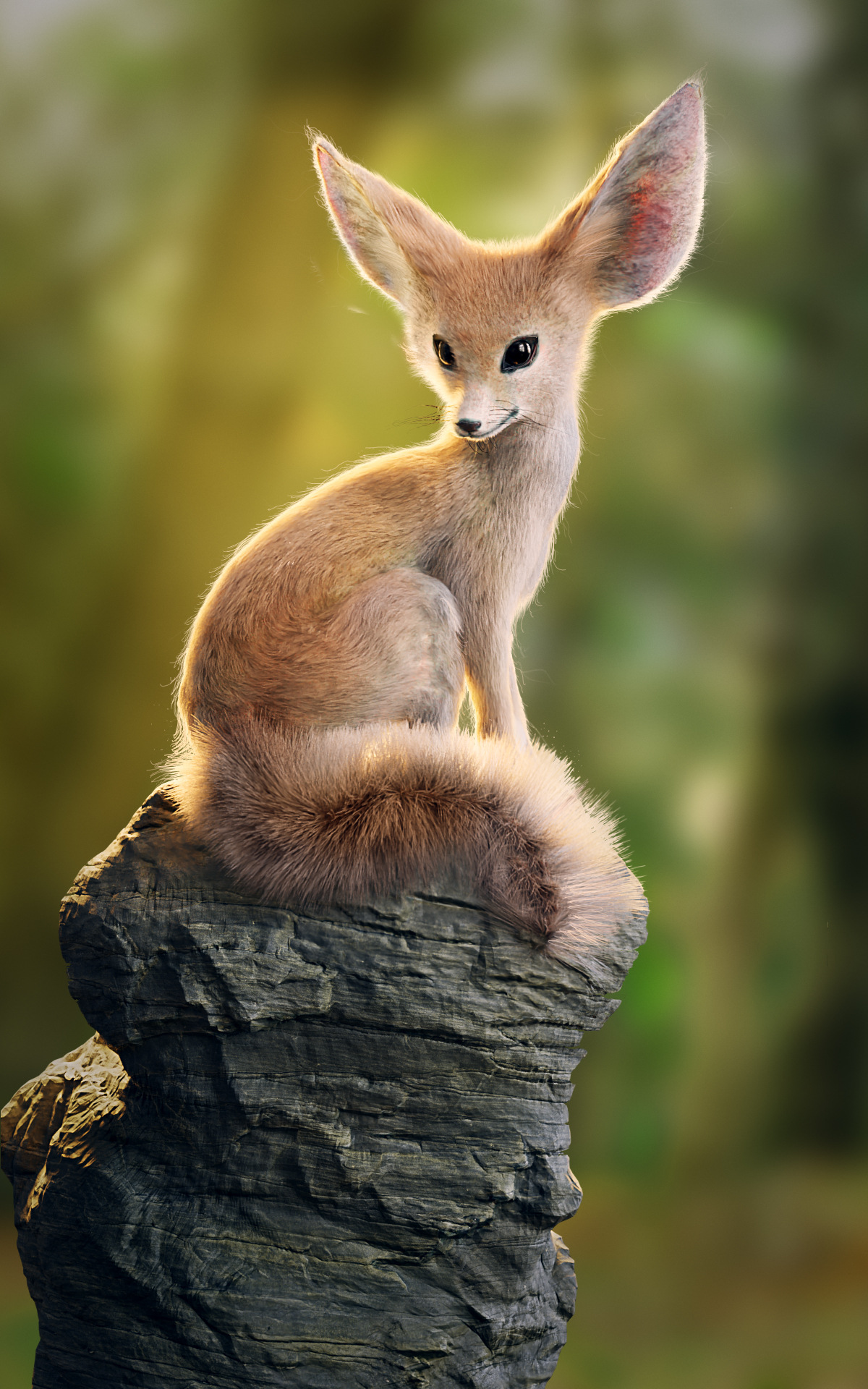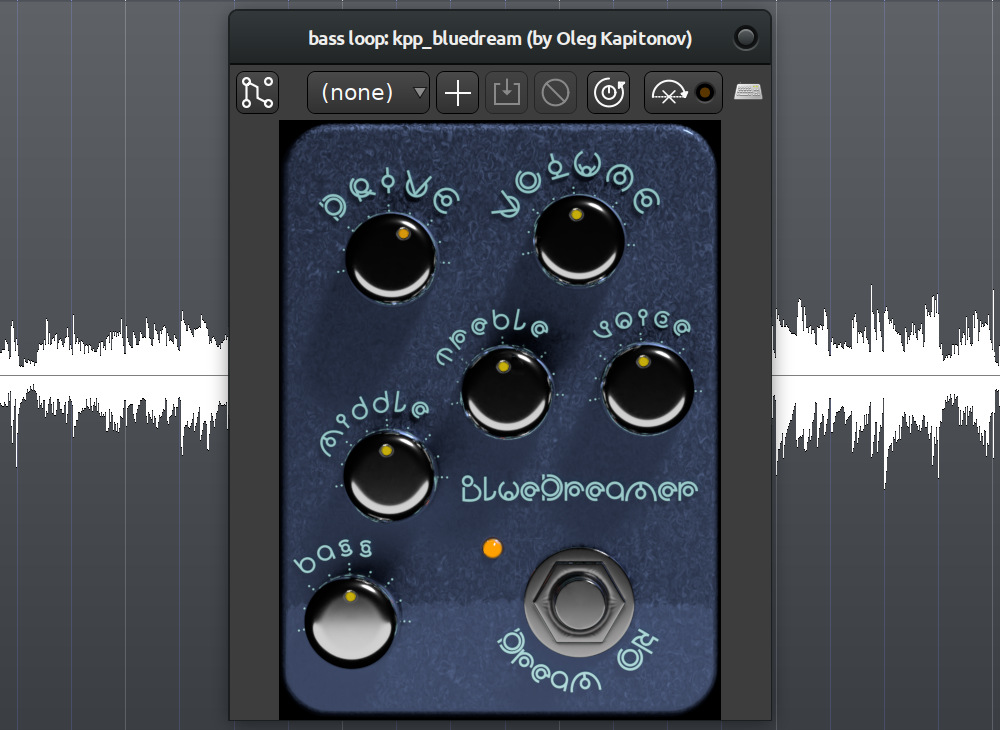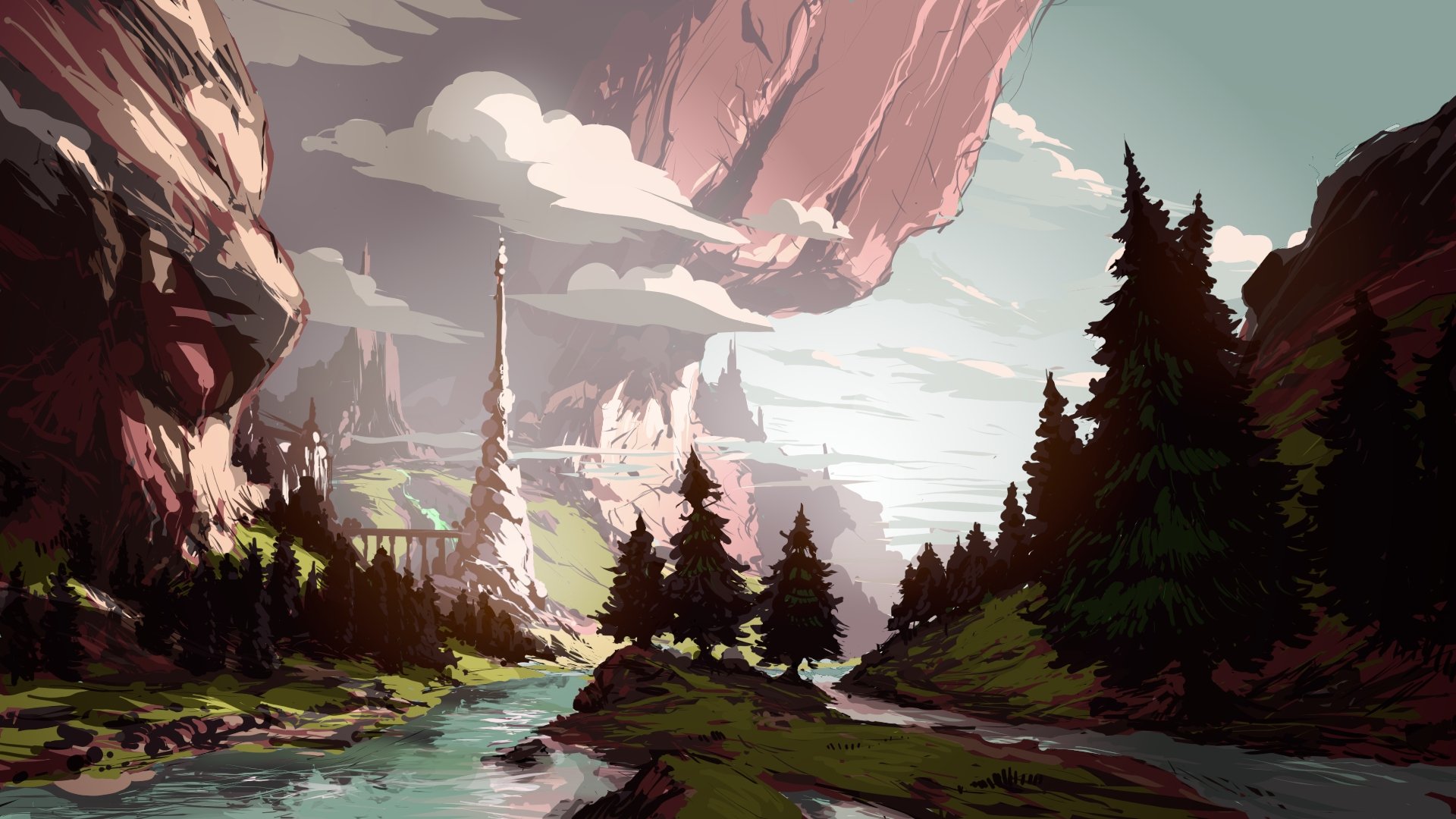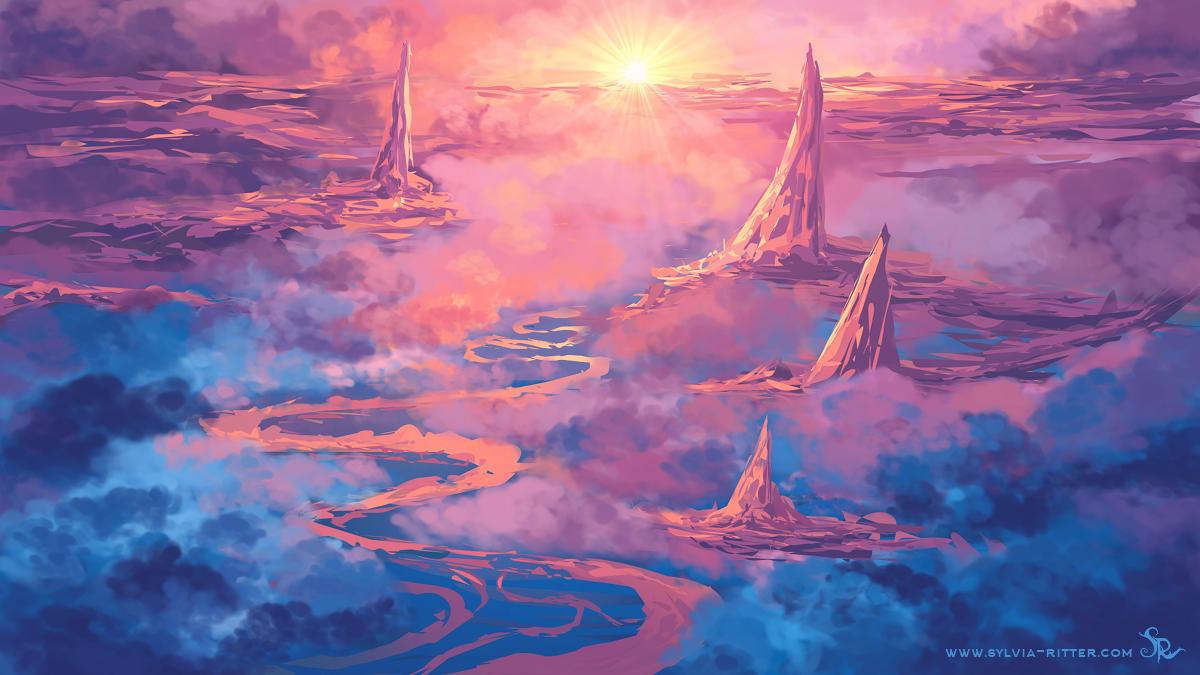Libre Arts: Week recap — 10 September 2019
Week highlights: out-of-canvas pixels now possible in GIMP, Krita team goes on a bugfixing spree, lots of changes in upcoming Blender 2.81 and FreeCAD 0.19, GSoC project for OpenGL rendering in LibreCAD v3 now completed, more work-in-progress goodness in Olive.
Graphics
There’s more under-the-hood work on GIMP’s plugin system, but there have been user-visible changes too, and you are likely to love those. Ell contributed a new feature: showing all pixel data outside the canvas boundary. It comes with an optional canvas boundary display (red dotted line).
When enabled, the padding around canvas gets replaced with common alpha checkerboard, and all content outside the canvas is revealed.
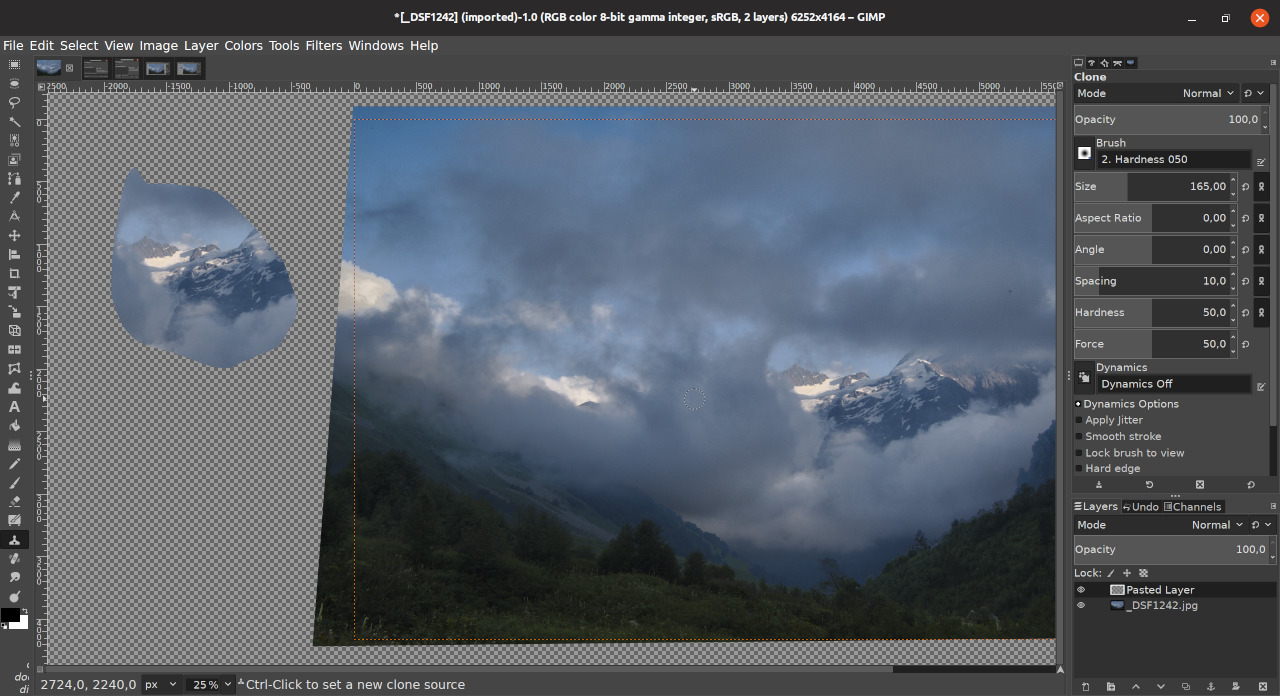
Ell also made it possible to use several tools outside the canvas. For now, it’s painting and cloning tools. Adding support for selection tools will probably bring GIMP considerably close to a full-blown implementation of unbounded layers.
Alessandro Francesconi released another new version of BIMP, visual batch processing plug-in for GIMP. Two latest updates feature improved GUI flexibility and HiDPI support (contributed by one of Pencil2D developers), as well as support for WebP and HEIF.
Before HiDPI fix:
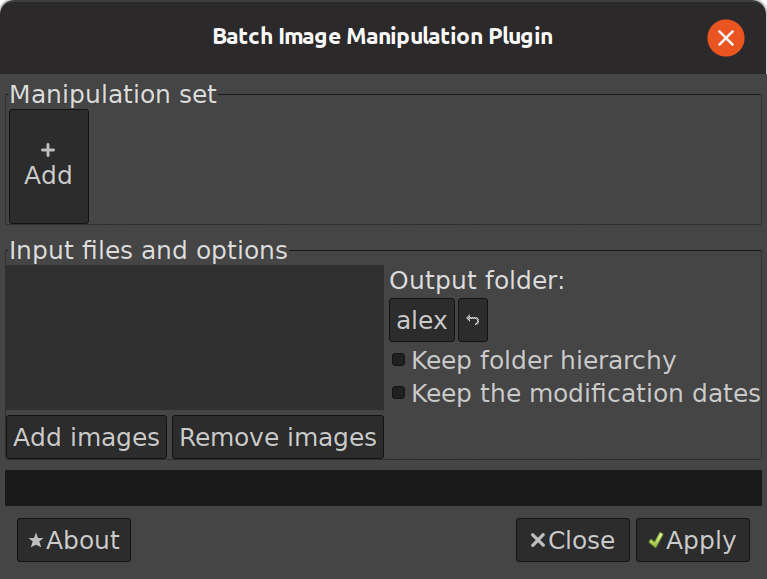
After HiDPI fix:

Dmitry Kazakov, Boudewijn Rempt, Wolthera, and Lynx3d fixed probably a dozen of memory leaks in Krita and twice as many general bugs here and there. There’s more progress by Wolthera in adding support for SAI files: fixes for layer blending modes, masks support.
Meanwhile, Kuntal Majumder continues working on his GSoC project, the Magnetic Lasso tool. Recently, he added an ability to cancel selection and start anew, as well as edit checkpoints. He then implemented basics of lazy filtering.
Some members of the GNOME team are now promoting Obfuscate, a new program created by Bilal Elmoussaoui, specifically designed to blur and redact sensitive information on screenshots and images, like in this case part of tabs in Chrome:

3D and VFX
Pablo delivered another great recap of recent changes in Blender, there’s not much need in repeating that, just watch the video 🙂
You are going to love this extra though:
I added a new set of properties to the paint brush to match most digital painting applications.
Brushes now have opacity, flow, density, hardness, wet paint, tip shape controls and tip rotation. #b3d pic.twitter.com/NfPehgkso8— Pablo Dobarro (@pablodp606) September 4, 2019
Or maybe this update on the eyedropper tool in Grease Pencil?
Check out a new photogrammetry add-on for Blender. There’s nice coverage over at Blendernation.
One more important topic here is free distribution of paid add-ons for Blender. This was an interesting conversation to watch:
The Wordpress ecosystem has had this controversy ages ago, Blender is comparatively late to the party, and yet it’s a conversation we needed to have.
CAD
LibreCAD’s only GSoC project, OpenGL rendering, is now complete. Kartik Kumar continues working with Florian Roméo and Armin Stebich on cleaning up the code. For details, see his final report.
Interesting things are going on with FreeCAD. There’s a newly introduced Points workbench by Jean-Marie Verdun, that provides tools for working with point clouds. The Check Geometry tool (verifies if you have a valid solid) got more settings.
More interesting things, courtesy by Victor Titiov, are going on with the Show module. Apparently, you can now have multiple temporary visualizations in arbitrary order and a plugin system. As the first tangible outcome, this helps allowing another workbench to do sketch editing.
The OpenSCAD workbench now supports extrusion with an angle, and the DraftFillet tools got a new option to change fillet to a chamfer, courtesy by vocx-fc. Finally, there’s a ton of updates in the FEM workbench by Bernd Hahnebach.
Video
I find it hard right now to report on Matt’s progress with Olive, because the master branch is pretty much unusable. So here is an unordered list of recent changes:
- OpenImageIO support (cheap access to OpenEXR, DPX, Cineon etc.)
- Lots of color management work done
- Functions for alpha dis/re/association
- Alpha over and opacity nodes are functional, transform (2D, 3D, and 4D) node is partially functional
- Node caching and render caching improvements
- New slider widget that can handle both integers and floats
- New playback controls
Really, I can’t wait to see all this in a usable state.
Jonathan Thomas continues doing good work with OpenShot. There hasn’t been a release since March yet. But most recently, the program got support for Blender 2.80. This is where I just have to quote Jonathan:
On a side note, I really love the new version of Blender. It is very inspiring, the entire Blender story leading up to this release. It will continue to be an inspiration for OpenShot and myself. 👍 Good job Blender devs!!!!!
Cinelerra-GG now uses libdav1d for AV1 support by default instead of libAOM, which is part of the most recent release. It also got a new crop plugin and timeline bars, which aren’t in any release yet.
GNOME Subtitles is seeing more activity lately again, both new releases, v1.5 and v1.6, have bugfixes and small enhancements rather than new features.
Tutorials
A good introduction to darktable, made for PetaPixel readers:
New photography postprocessing tutorial for GIMP users by Davies Media Design:
GDquest explains using file layer in Krita to make game art mockups:
And here is a timelapse showing how to make a low-poly eagle logo with Inkscape:
Artworks and showcases
I’ll never get tired posting new artworks by Philipp Urlich, made with Krita. This one is based on a Gaugan render that he did.
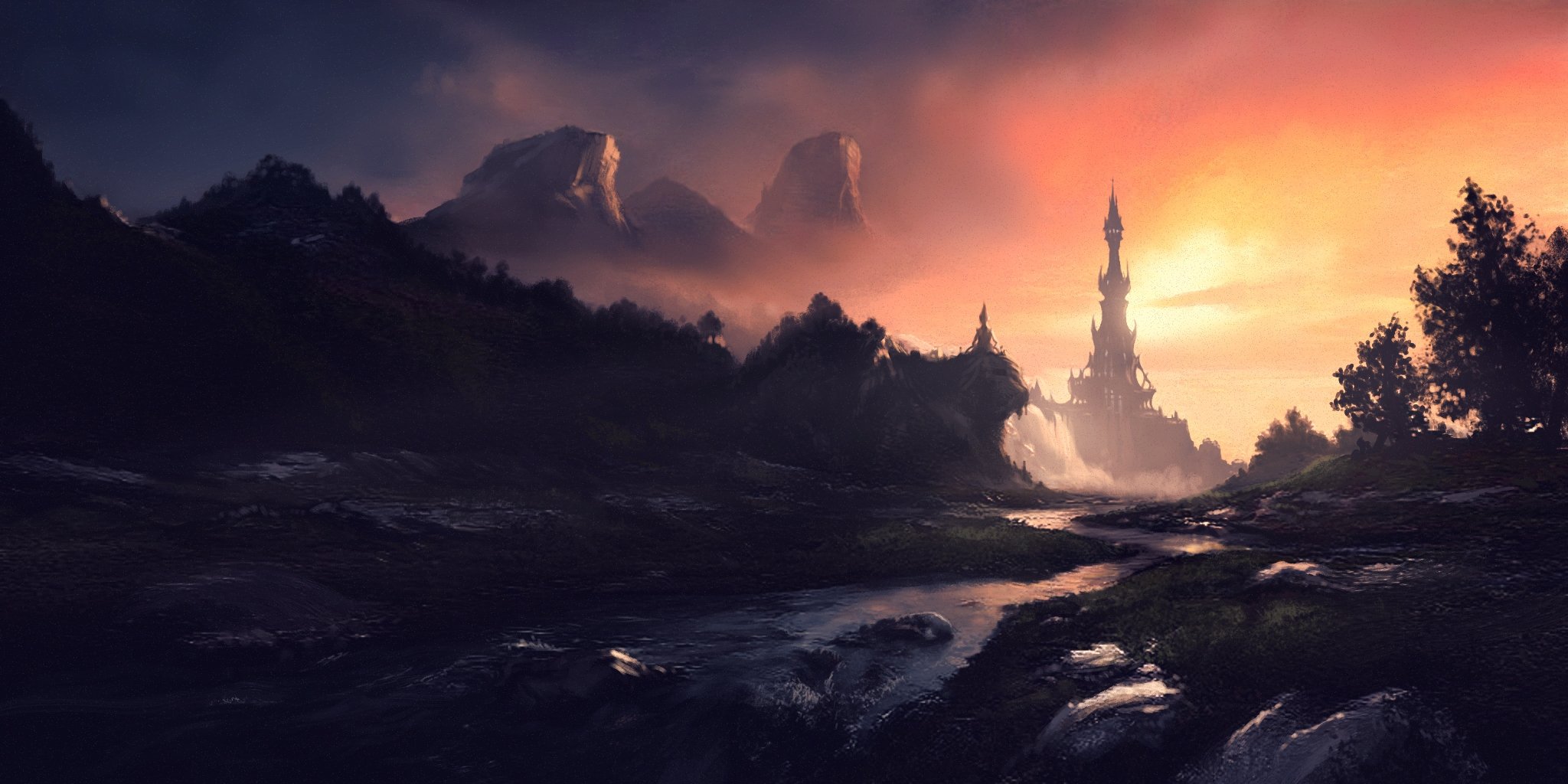
More speedpainting with Krita from Sylvia Ritter:
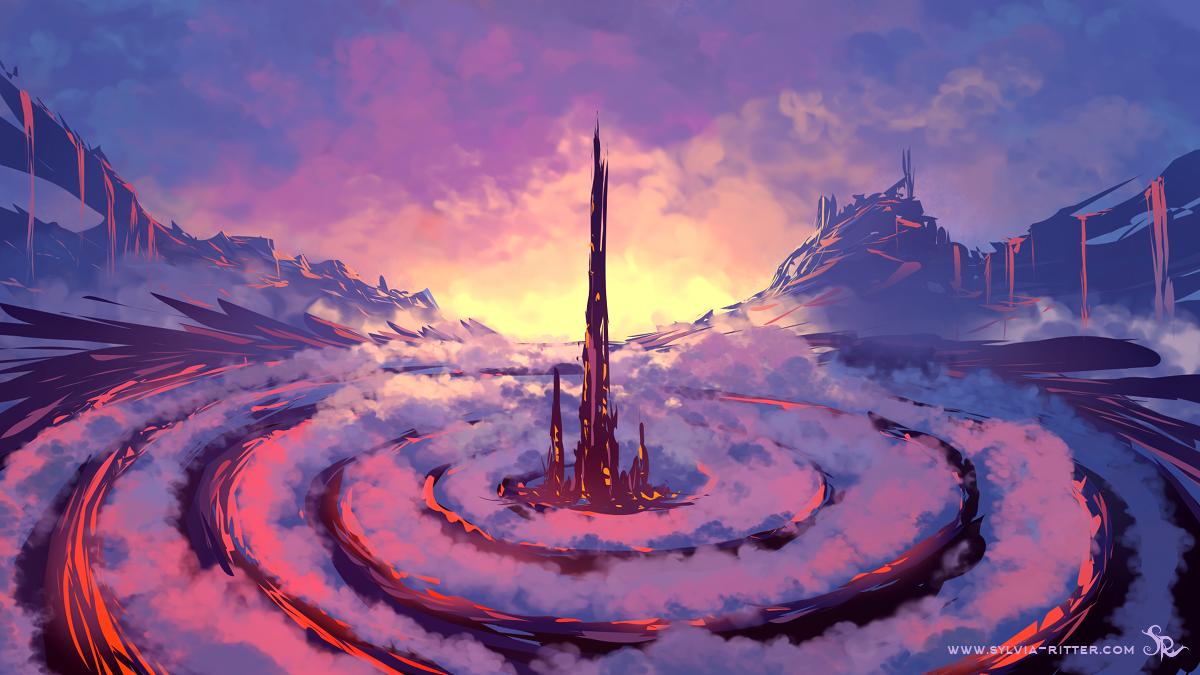
Urban environments by James O‘Brien, made with Blender, are always good solid stuff.
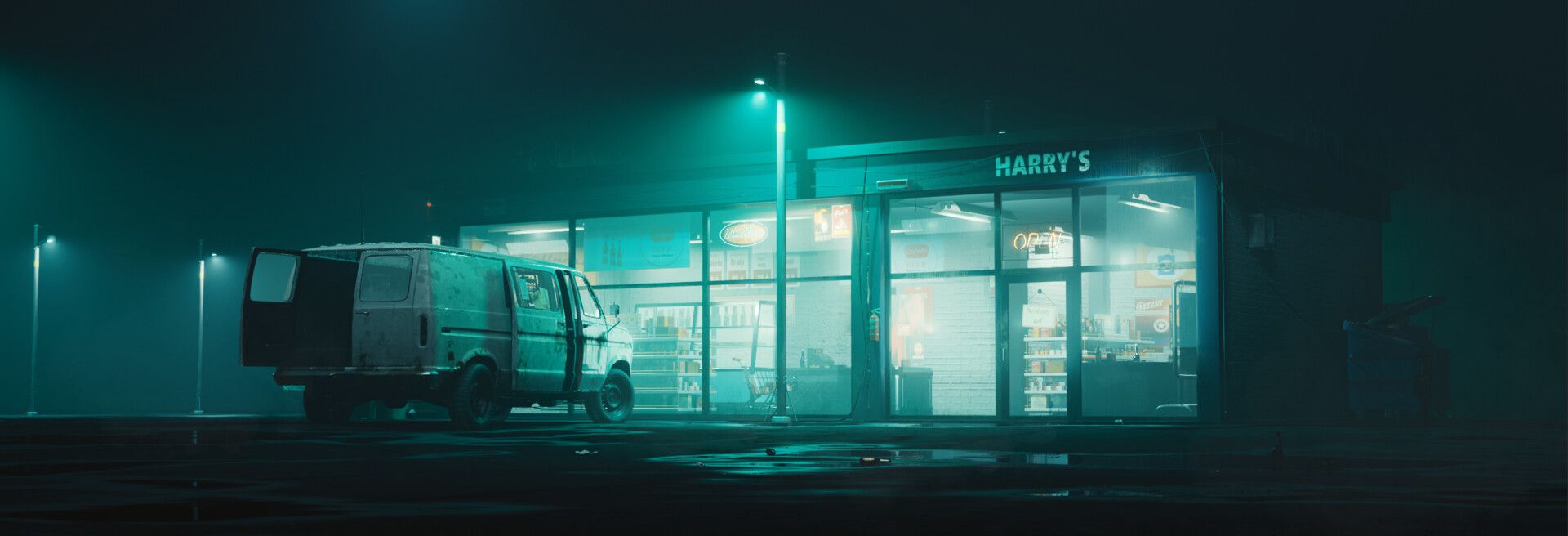
‘Puffin spotting on Cannon Beach’ is a short animated film by Zale, made with Blender and based on a Zoe Persico’s illustration.
New FreeCAD showcase is a gas turbine for a radio-controlled model aircraft, based on a 1992 design by Kurt Schreckling. It was designed with upcoming FreeCAD 0.19, although no assembly workbench was used as there was no need for it, or so the author claims.
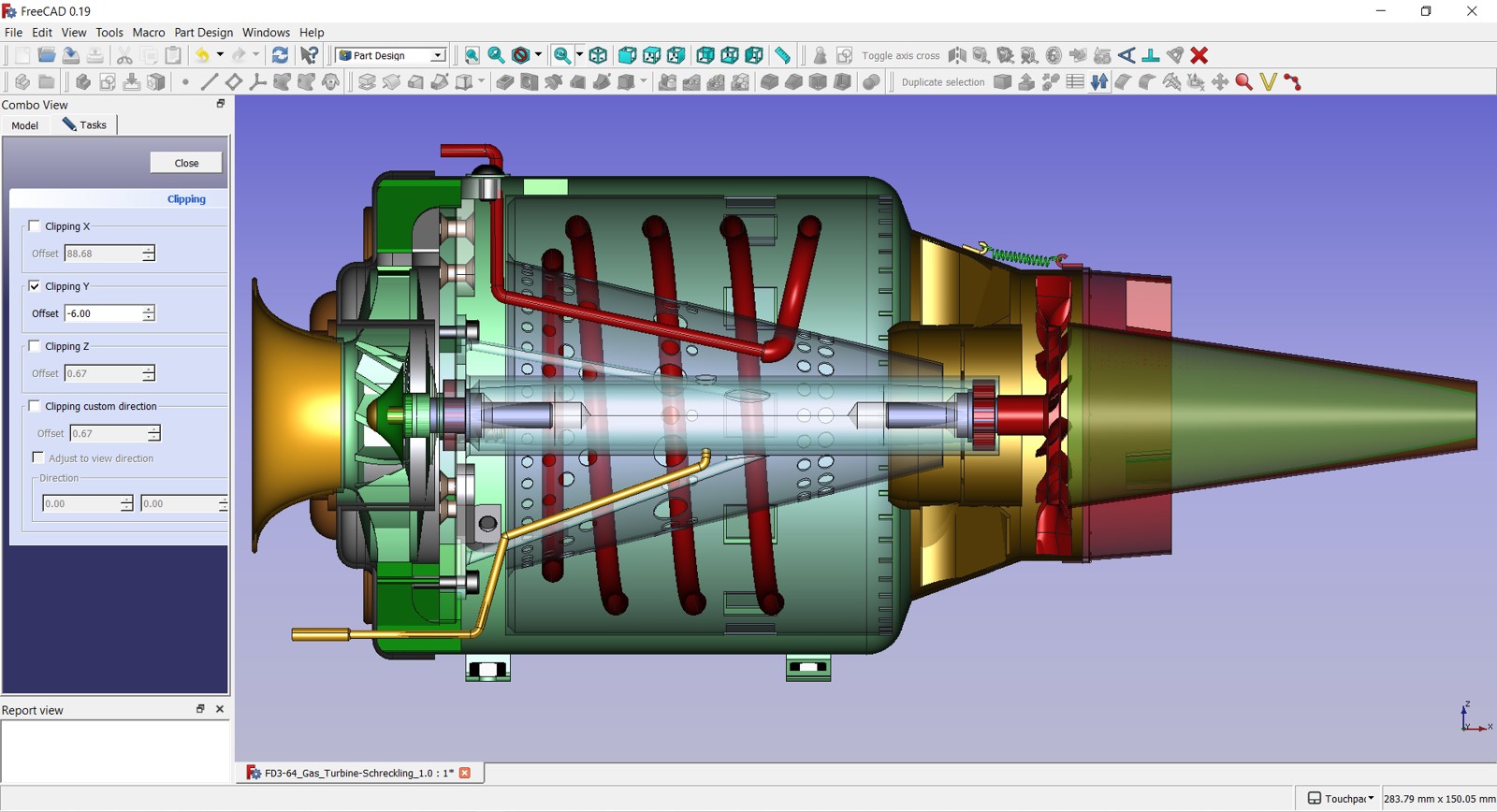
Random things
The funniest thing made with Blender I’ve seen in a while:
あとちょっと調整する
Procedural Burger System #WIP
Blender 2.80 Eevee#proceduralmodeling #proceduraltexture #AnimationNodes #b3d #blender3d #blender pic.twitter.com/tWD6FNbWhO— sakura🌸 (@sakura_rtd) September 8, 2019
But procedural designs go even further:
I made a procedural solar panel texture. not perfect yet, but I’m getting there. The bevel at the edges however, is not procedural, this is just geometry. Whatcha think?#blender #blender3d #b3d #blendercycles #blendereevee #eevee #solarpowerrrrrrrrrftw pic.twitter.com/H9nZP4zOJg
— BluePixelAnimations (@BluePixel2017) September 9, 2019


